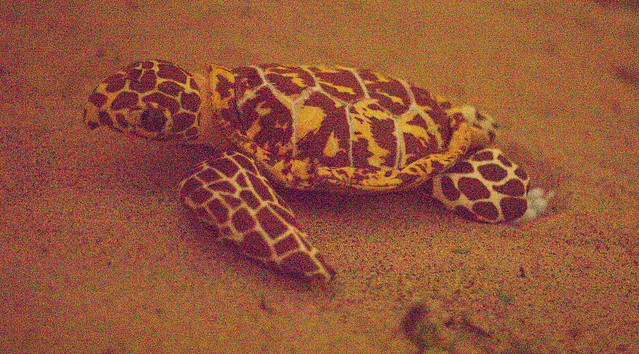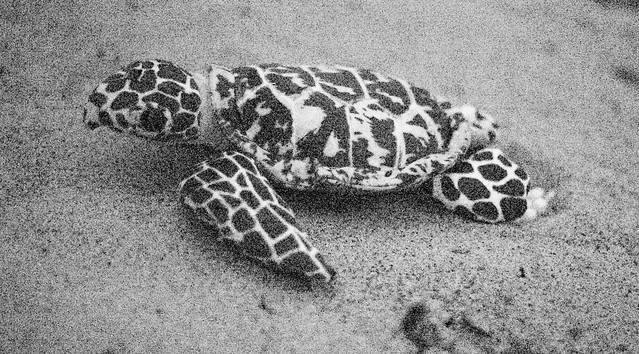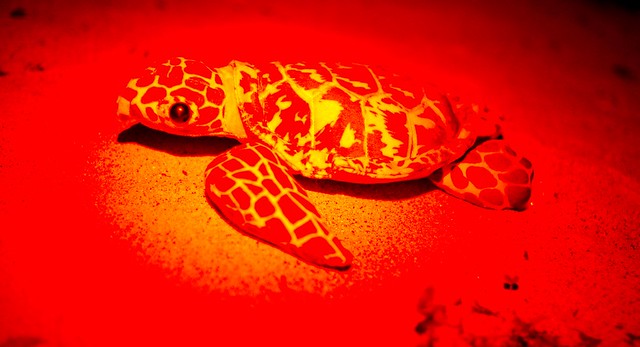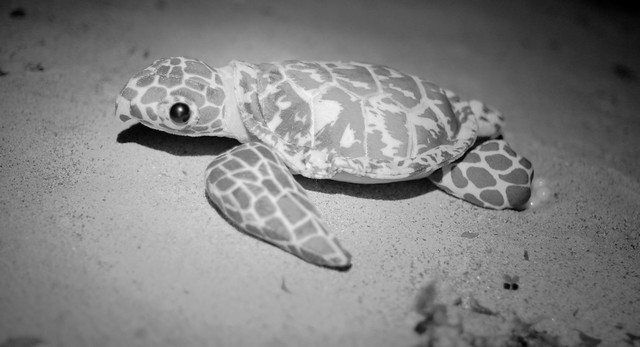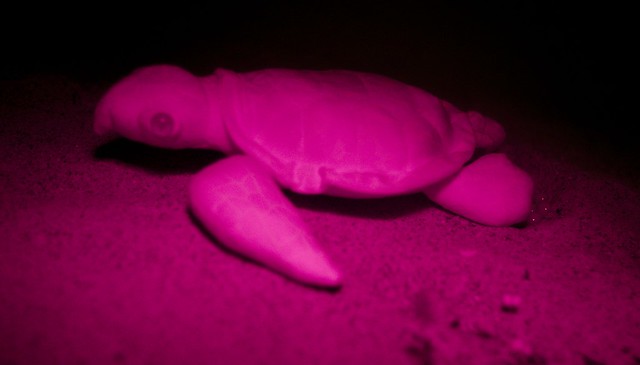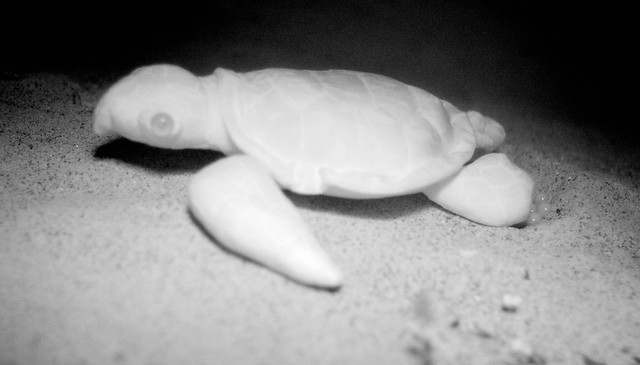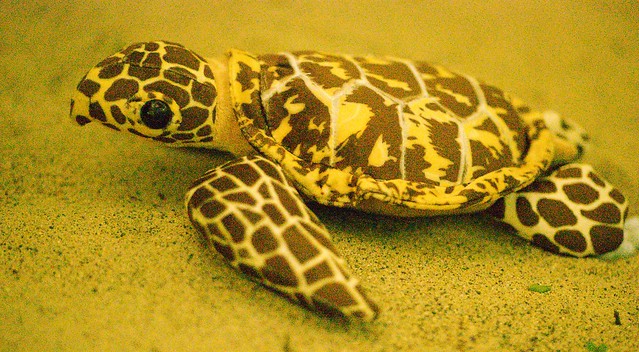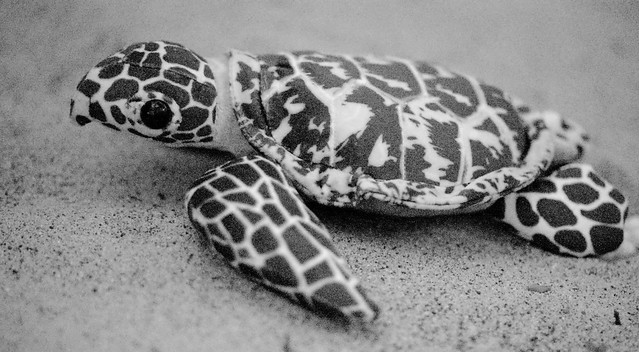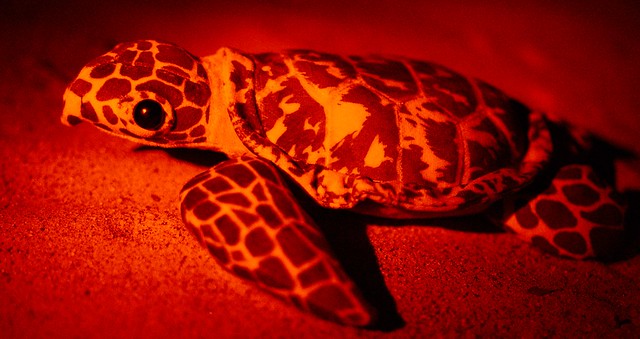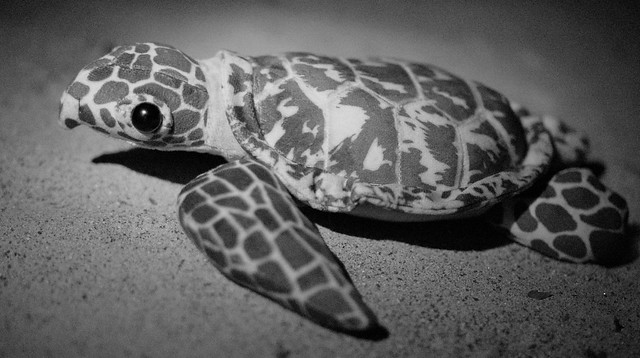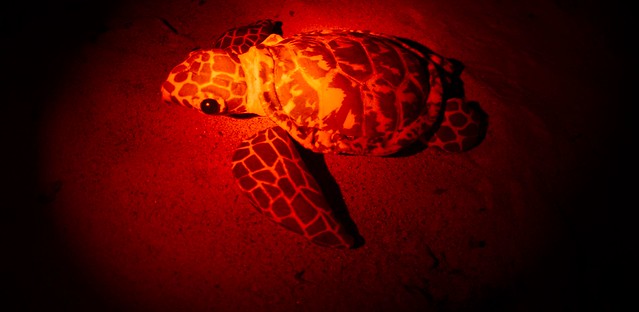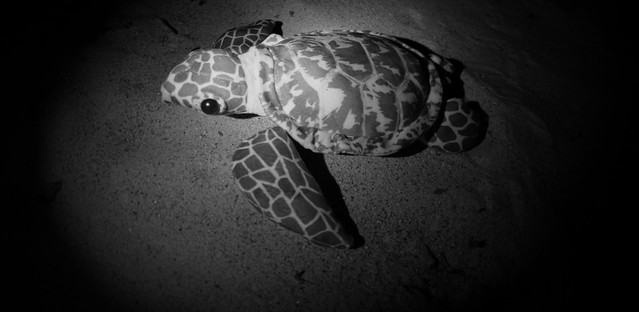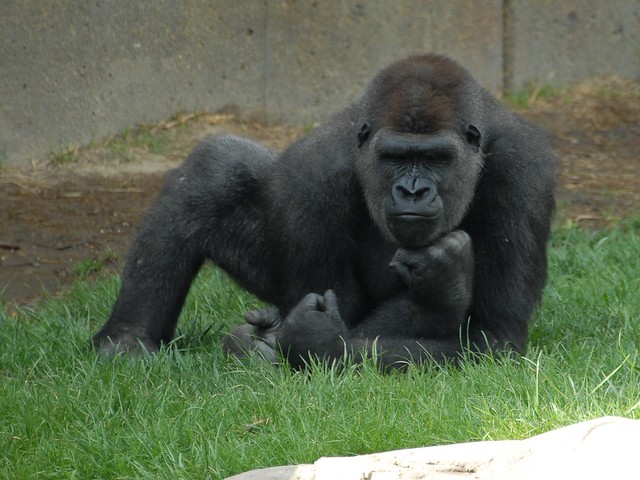
Yesterday, I posted my thoughts on the gorilla incident. This is part 2, where in I think about the bigger issues at stake.
- The Cincinnati Zoo opened in 1875 and their gorilla enclosure opened in 1978. Until a few weeks ago, there were zero issues.
- On May 28th, 2016, a young child bypassed several barriers and wound up inside the gorilla enclosure.
- The child was discovered by a relatively young male gorilla, who started moving him around and “presenting”, as gorillas to do gain status.
- The keepers attempted to separate the child from the gorilla, but were unable to do so, though they did get other gorillas out of the way.
- Due to a lack of other options, the zoo decided that the young child’s life was in serious danger and that the only option was to kill the gorilla.
- Because we live in the age of out-of-context smartphone video, this was all recorded so …
- The Internet lost its collective shit and, over a single weekend, millions of people suddenly became self-proclaimed experts in wildlife management and tranquilizers.
I don’t want to talk about any of this. Instead, I want to talk about complexity, and I want to talk about how humans respond both to regular everyday life and to emergencies.
Complexity is called different things in different disciplines. In math and computer science, “complexity” works fine. In politics, it’s called “history”. In history, it’s called “time”. In physics and chemistry, it’s “entropy”. In the biological sciences, it’s “ecology”.
In all these fields, there is a core problem that the further you trace dependencies and inter-relationships, the harder it gets to understand what is happening. As events affect other events and different groups interact, you begin to get emergent behavior. Not only is it hard to figure out what’s going on as the system begins to take on a life of its own, but the more you analyze it, the more you become part of that system, affecting it’s own behavior.
Socially, this is very problematic because we’re all part of these complex systems. Not only can we not clearly see the systems of which we’re part, and how our own behavior affects others, but when it comes to explain our concerns to those in power, the inherent complexity works against mutual understanding. This can be thought of as the fundamental challenge facing our species.
Many species have fundamental problems that they have evolved to meet. Loner species, like tigers and turtles, are challenged by the need to find food without expending too much energy in the process and have evolved weapons and defenses to either increase success in a hunt or decrease the energy cost of foraging. Group species do this through role assignment and communication.
Ants and bees, of course, have considerable specialization and communicate with one another through chemical signals (ants) and dances (bees) to communicate food location for collection and to organize around group defenses.
Birds that live in flocks and mammals that live in herds largely communicate verbally and will coordinate around defense and food availability, migrating as a mass as resources changes.
But primates are more interesting. They coordinate both attack and defense to defend the group, as well as assign individualized roles based on those individuals’ capabilities. Chimpanzees, bonobos, and gorillas all have group leaders and will all teach skills to others in the group through both active demonstration and verbal communication.
Humans are no different, except that we have a much more complex and powerful language ability. Current theories suggest that the linguistic centers of our brains are used to make sense of the world, so it should be unsurprising that we use language to simplify the complexities we face. We think linguistically. We use words to refer to objects and actions. We use metaphors to communicate complex ideas. We use narrative to describe how the world works and should work. This approach is fast and effective, but can be inaccurate.
If we face a big problem, we first need everyone working on it to agree what the basic words mean – how warm is “warm”? How bad is “bad”?. Then we need to agree to the same metaphorical constructs to simplify the problem – is “climate change” better than “global warming” or “acid rain”? Then, finally, we need to agree on narrative. “Yes, there’s a problem but it is caused by humans or is it natural?” “How will the problem affect me?”
Of course, this process adds complexity to our lives until we reach the point where it is naturally reduced through mutual understanding. Since people dislike complexity, people resist and, as a result, society maintains an ever-present resistance to change. This resistance to change keeps us from making big risks that could harm everyone, but it also makes it hard for us to fix long-running, slow-to-develop problems.
Instead, we need to be forced into action through big dramatic emergencies. Then, when these happen, we quickly run through the complexity simplification process to figure out what to do as a society to prevent such a thing from every happening again.
So let’s take a quick look at why those six common responses to the gorilla incident resonate with so many people.
Bad parents – This thought resonates because we’ve all had some experience of parenting, whether it’s from being a child or having a child/pet/plant of our own. We all tend to consider how we’d react in a situation with more objectivity than we’d have in the situation itself because we’re not in the middle of a fight or flight chemical cascade. This response misses the complexity involved in dealing with brain chemicals, a large crowd of people, an excitable child that may not match the ideal child we have in our minds (or the particular child we’re used to dealing with), with different styles of parenting, and with the different life experiences of parents.
Bad exhibit design – A lot of people like this one because the idea of “how do I safely keep this animal in this space” feels like an easy one to anyone who has a cat or dog. However, this response ignores centuries of people learning from previous exhibit design and studies of animal health and human safety. Most features of an exhibit design are present either because they’ve worked in the past or because they’re an attempt to fix something that no one’s figured out how to fix yet. It also ignores the fact a good exhibit design must be multifunctional. A good exhibit needs to keep the animal captive, be easily cleanable, allow staff to move the animals around during exhibit cleaning and animal medical emergencies, be resistant to the animal’s attempts to destroy it, be resistant to human abuses from the outside, meet all the health needs of the animal (food, water, shade, privacy, physical activity, comfort, etc), *and* be pleasant enough for people to look at it and not think it’s terrible.
This is why the zoos of the past, with cage and concrete, changed into pits in the first place. Now they’re changing again, to hidden barrier systems and mixed-species exhibits.
Bad response by zookeepers – As I noted yesterday, this response misses the complexity of what zookeepers must learn and balance. Each animal is different and, due to staffing shortages, there is often only one keeper that has a really good chance of understanding how an animal will react to a particular situation. Zookeepers have to go through many years of schooling and working very long hours to gain the experience needed to do their jobs. They have to be part biologist, part veterinarian, part janitor, part teacher, and part crisis manager. The job is extremely complex and, to a great extent, entirely unrespected outside of the community.
They do it for love, and to think that anyone would kill what they love because it’s the easy way out is terribly insulting.
Bad response by zoo visitors – When crowds form, you get the interaction of social status with brain chemistry. When something terrible is happening, all your biological systems are effected: heart rate, digestion, breathing, etc. When norepinephrine is released, sugars and fats are converted into energy, which is sent to muscles, which tense up to prepare for fight or flight. This means that higher order functioning is shifted away from the brain and into older, faster, systems such as primate-based hierarchical thinking. So, in a crowd, people care more about protecting themselves and their own family and literally stop thinking clearly. When everyone is making individual decisions along those lines, the crowd as a whole becomes resistant to change as anyone trying to get them to disperse could be a threat.
While the crowd is becoming resistant to change and not thinking clearly, they probably also lack the knowledge that the gorilla “presenting” the child is engaging in behavior meant to reinforce social status, i.e. behavior a large number of primate onlookers can potentially affect. Apart from a mild sense that crowding animals makes them tense – and how crowded they can get depends on design exhibit – it probably doesn’t even occur to most of the people in the crowd that they are capable of making the situation worse (or better).
Bad response by the Internet, animals aren’t people and bad bad bad … keeping animals in zoos is inherently wrong – The complexities inherent in these two views come down to “what is an animal?”. It’s one thing to say “I don’t eat meat”, which becomes complex when, for some people, fish and chicken aren’t included in the term “meat”. It’s quite another when you have people thinking that keeping animals in captivity is wrong but missing the fact that there is no natural habitat left and that without zoos, we’d have no place to put animals that get injured in the wild. It misses the ethical complexity of keeping cows and pigs in captivity while fighting against the captive situations in zoos. This attitude misses the complexities that life in the wild may be “free” but that animals in captivity often live longer lives with a lot fewer parasites and diseases than their wild counterparts … parasite and diseases that are becoming more prevalent as the overall health of the wild habitats degrades. It even misses the definition of what an “animal” is. If it’s not OK to eat animals or hold them captive, is it OK to kill a tapeworm that is living inside you? If you accept the “it’s OK to harm what’s harming me” ethical counter, is it OK to use antibiotics to save a life, even if they kill trillions of microorganisms? What about the mice and birds that live in a cornfield and are killed when the field is harvested? Where is the line?
—
The answer, of course, is that there are no lines. If you look at nature, you see categories blending into other categories. There is no firm line between forest and field just as where a river stops and an ocean begins is blurry. What we once thought of as a food chain is now a food web, which doesn’t break but does suffer from trophic cascades as problems occur. What we used to think of as an animal we are now starting to see as a complex interplay of a major genome with all the various microorganisms living within it.
When we are faced with an emergency, we tend to make decisions based on a highly simplified mental model of what’s actually going on. What we see as gorilla with a kid is actually the interplay of a very complex system involving a gorilla and a child, that child’s parents, the gorilla’s keepers, the keepers’ bosses, the parents’ associates forming the crowd, people on the Internet, citizens of Cincinnati, and the historical weight of previous decisions made at that zoo and various other zoos throughout time. But we don’t see that in the moment. We don’t see the ecology we live in. We just see the parts.
This is the same as when we are asked to accept a small tax raise to improve infrastructure. We don’t see the pattern of failing bridges. We see the one bridge we drive over every day and it always seems fine. We don’t continue to invest in a successful space or science program, contrarily, because it is successful. When the payoff is to keep things the same, we try to do it for less money. When the payoff is to keep bad things from happening, we look at the past and think “it never happened before” and use the money to buy what we want.
It’s when the payoff is unknown and uncertain that this works against us. If we won’t know the value of a thing until we invent it, we tend to just do without, allocating funding to things that are more certain instead of making small investments in discovery that could have extraordinary payoffs in the future. This is why we have so many stories about inventors creating something awesome in their basement … they didn’t have another option.
No, we only spend money when it’s an emergency. Due to this issue, the Cincinnati zoo is going to invest in infrastructure. Other zoos will use this event to get funds to do the same. Of course, it would have been a lot cheaper to implement these sorts of changes before the emergency happened. It’s always cheaper to invest in improving preschool than it is in reforming criminals that were failed by a poor educational system. It’s cheaper to invest in system hardening than it is to recover from a hack. It’s cheaper to get regular dental cleanings than it is to have teeth pulled.
But no, humans are story driven, and “we need to keep the good situation from changing” sounds an awful lot like “we need to make nothing happen, and it’s going to keep costing money”.
Emergencies, on the other hand, make for excellent stories.
Because it is Tuesday and time for my weekly pointer to Turtle Tracts (here: https://igg.me/at/turtletracts/x ), I just want to mention that the point of the project is to study the complexity of the oceans and of the sea turtles themselves. We are at a point in the science where, if the $10,000 two-year goal is met and the research is done, it could save millions of “fix it” money in the future … if it’s even fixable.
A zoo exhibit can be improved after an issue is discovered when a gorilla dies. No matter what we spend, though, we’ll never get that gorilla back.
Eventually, I have no doubt that we’ll be able to fix the oceans. I just hope there are still some turtles left when we do, because if there aren’t, we’ll never get them back.
